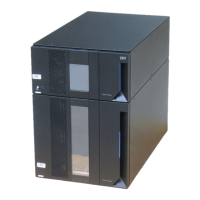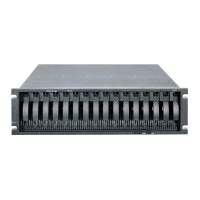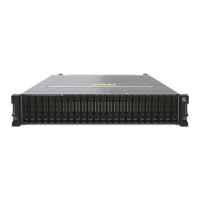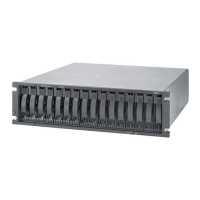Chapter 2. Introduction to IBM Flex System V7000 Storage Node 71
The iSCSI session, which consists of a
login phase and a full feature phase, is completed with
a special command.
The login phase of the iSCSI is identical to the FC port login process (PLOGI). It is used to
adjust various parameters between two network entities and to confirm the access rights of
an initiator.
If the iSCSI login phase is completed successfully, the target confirms the login for the
initiator; otherwise, the login is not confirmed and the TCP connection breaks.
As soon as the login is confirmed, the iSCSI session enters the full feature phase. If more
than one TCP connection was established, iSCSI requires that each command / response
pair goes through one TCP connection. Thus, each separate read or write command is
carried out without the necessity to trace each request for passing separate flows. However,
separate transactions can be delivered through separate TCP connections within
one session.
For further details about configuring iSCSI, see Chapter 11, “SAN connections and
configuration” on page 431.
2.5.15 Fibre Channel over Ethernet (FCoE)
Fibre Channel over Ethernet (FCoE) is a standard specified by ANSI T11 committee within
the FC-BB-5 for enabling the transmission of FC protocol and data across an Ethernet
network. As shown in Figure 2-18, the new environment supports both FCoE and TCP/IP
traffic to be able to share a common Ethernet network.
Figure 2-18 New enhanced Ethernet environment support
Table 2-7 shows the differences between the use of FCoE and iSCSI for transfer
environments.
Table 2-7 FCoE and iSCSI differences
FCoE iSCSI
Local-area, lossless links, no routing allowed Allows many hops, lossy connections and high
latency
Simple encapsulation of Fibre Channel Substantial complexity on top of TCP
Low overhead – similar to Fibre Channel Overhead varies - typically higher
Storage administrators know Fibre Channel well TCP/iP well understood by most IT staff
Frame loss can quickly become catastrophic Frame loss recovery built into protocol stack
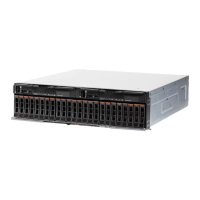
